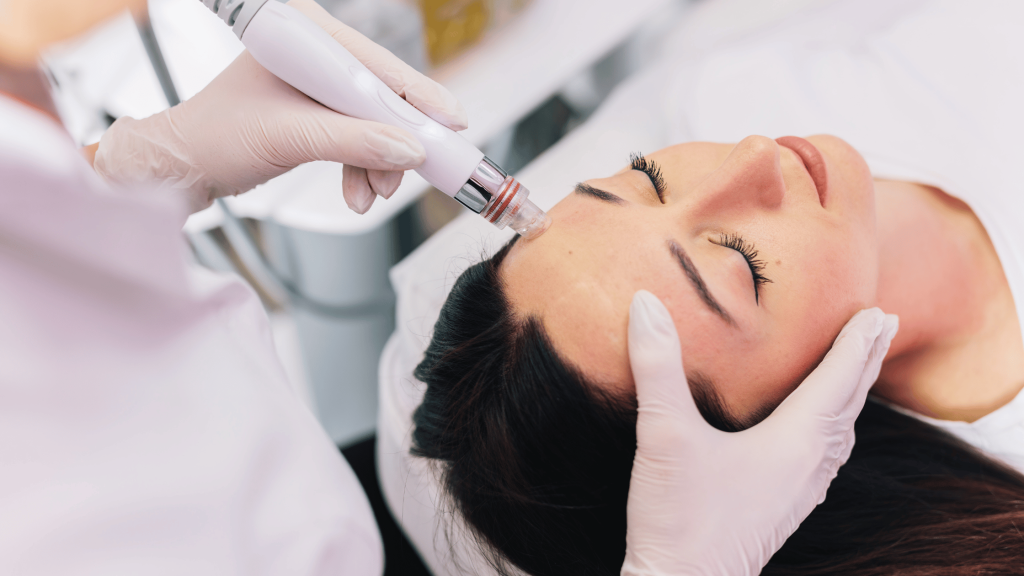
Providing exceptional patient care goes beyond the immediate treatments offered in the aesthetics industry. Effective aftercare is crucial in ensuring not only patient safety but also satisfaction. Aftercare forms play a pivotal role in this process, serving as a vital communication tool between the practitioner and the patient. Let’s explore how aftercare forms enhance both patient safety and satisfaction in the aesthetics industry.
Ensuring Safety through Structured Information
Aftercare forms act as a detailed guide for patients following their treatments. They outline specific instructions regarding post-treatment care, possible side effects, and warning signs of complications.
These forms serve to ensure the safety of patients, as they highlight critical actions to avoid that could potentially lead to adverse reactions. They also provide patients with clear guidelines on what to expect post-treatment and how to care for themselves, thereby reducing the risk of complications.
Enhancing Satisfaction through Clear Communication
Aftercare forms can significantly improve patient satisfaction by offering transparency and building trust. Providing detailed aftercare instructions shows patients that their wellbeing is a priority, even after they have left the clinic.
These forms help establish clear lines of communication, which can alleviate any potential anxiety the patient might feel post-treatment. If patients are well-informed about the recovery process, they are less likely to be concerned or dissatisfied with the typical healing process.
Empowering Patients through Education
A crucial aspect of aftercare forms is patient education. By providing comprehensive information about what to expect after treatment, aftercare forms empower patients to take an active role in their recovery.
This empowerment can lead to increased patient satisfaction as they feel more in control and less uncertain about their post-treatment journey. Moreover, an informed patient is more likely to follow the necessary aftercare instructions, thereby improving their safety and overall treatment outcomes.
Building Long-Term Trust and Loyalty
Aftercare forms also play a crucial role in fostering long-term patient relationships. By prioritising aftercare, practices demonstrate a commitment to the patient’s wellbeing, which can build trust and loyalty. When patients feel that their safety and satisfaction are being prioritised, they are more likely to return for future treatments and recommend the practice to others.
In conclusion, aftercare forms are a vital tool in the aesthetics industry. They contribute significantly to enhancing patient safety by providing clear and concise aftercare instructions. Furthermore, they improve patient satisfaction by facilitating clear communication, promoting patient education, and building long-term trust and loyalty.
The use of aftercare forms is not merely a professional protocol; it’s an essential aspect of comprehensive patient care that can positively impact the overall patient experience and the reputation of a practice in the aesthetics industry.
